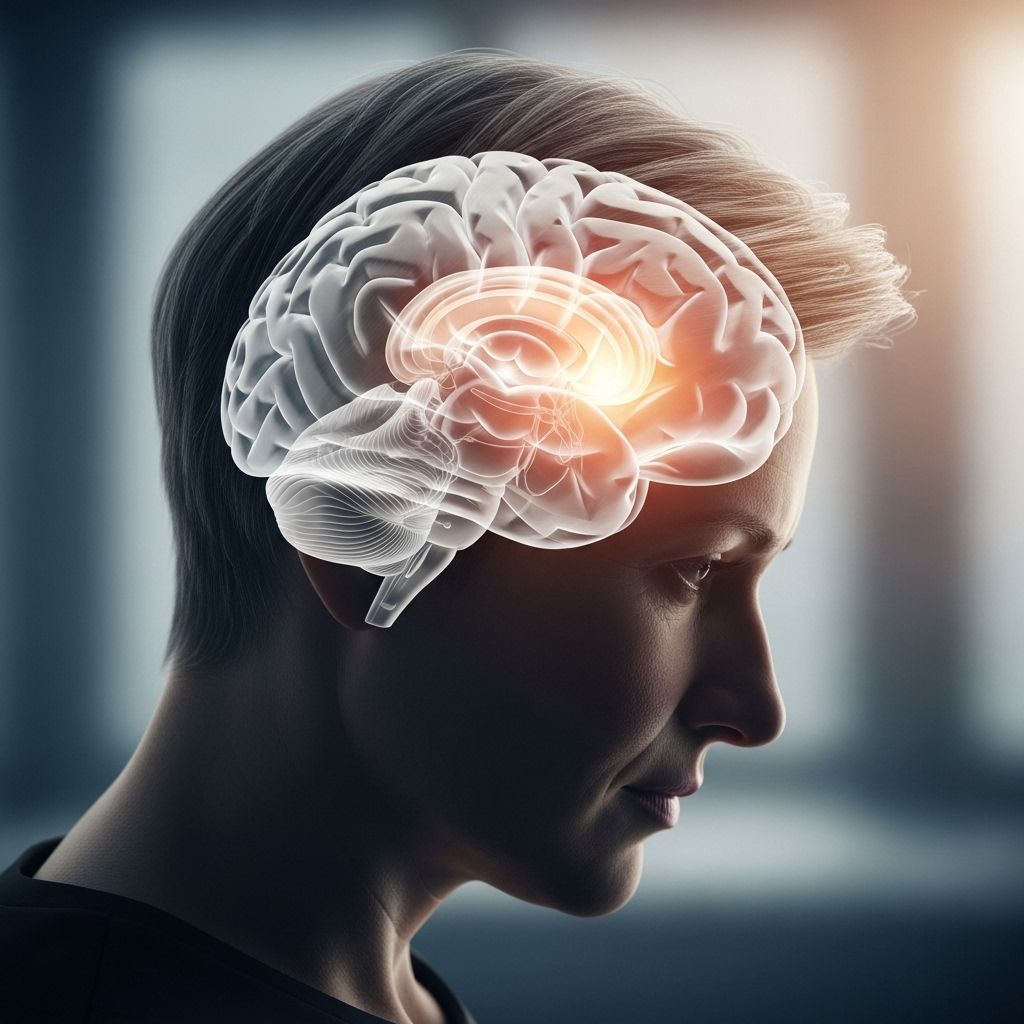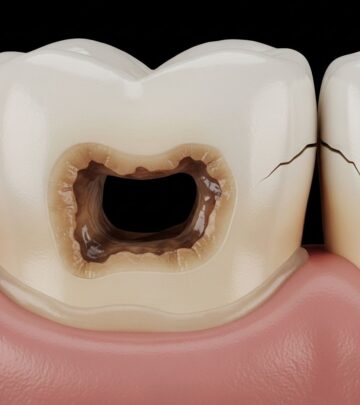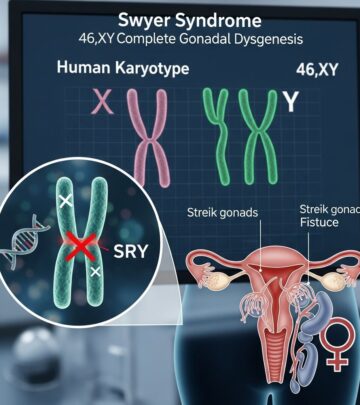Frontotemporal Dementia: Symptoms, Diagnosis, and Support
A comprehensive guide to understanding, diagnosing, and managing frontotemporal dementia for patients and caregivers.

Frontotemporal Dementia: Understanding a Rare Brain Condition
Frontotemporal dementia (FTD) is a less common yet significant type of dementia. Affecting approximately one in 20 people with a dementia diagnosis, FTD primarily involves progressive damage to the frontal and temporal lobes of the brain. These regions are essential for regulating personality, behavior, and language. Unlike other types of dementia such as Alzheimer’s disease, FTD often begins subtly, primarily impacting people under age 65, and initially presents with changes in behavior or language rather than memory loss.
What is Frontotemporal Dementia?
Frontotemporal dementia refers to a group of neurodegenerative conditions that include:
- Behavioral Variant Frontotemporal Dementia (bvFTD)
- Semantic Dementia
- Progressive Non-fluent Aphasia
- FTD associated with Motor Neurone Disease
Damage to the nerve cells in the frontal and temporal lobes causes these conditions. Gradually, as neurons die, the brain tissue in these regions shrinks, leading to steadily worsening symptoms over months and years. FTD is the second most common form of dementia in people under 65. It is sometimes referred to as Pick’s disease, though this term is now less commonly used.
Key Functions of Frontal and Temporal Lobes
- Frontal lobes: Personality, emotional regulation, decision-making, planning, empathy, social conduct.
- Temporal lobes: Language comprehension and production, memory storage.
Symptoms of Frontotemporal Dementia
FTD symptoms depend on which areas of the brain are affected and the specific variant of the disease. In contrast to Alzheimer’s disease, where memory impairment is the first sign, FTD typically starts with behavioral or language changes. Symptom severity and progression are variable, but worsens over time as the disease advances.
Common Symptoms
| Category | Symptoms |
|---|---|
| Behavioral |
|
| Cognitive |
|
| Language/Communication |
|
| Motor |
|
Types of Frontotemporal Dementia
- Behavioral variant FTD:
- Most common form
- Early signs: Marked changes in behavior, personality, and emotional regulation
- May become socially withdrawn or disinhibited, struggle with empathy, or behave inappropriately
- Primary Progressive Aphasia (PPA):
- Early signs: Decline in language skills, leading to problems with speaking, reading, and writing
- Variants: Semantic dementia (trouble understanding and using words), non-fluent aphasia (speech becomes difficult and slow)
- Only later do behavioral or cognitive symptoms appear
Notably, short-term memory is often preserved in the early stages of FTD, distinguishing it from Alzheimer’s disease.
Who Gets Frontotemporal Dementia?
FTD is a relatively rare condition, responsible for less than 5% of all dementia cases, but is the second most common cause of young-onset dementia among those under 65. It has significant impact on individuals in their working years and their families. Most cases occur between the ages of 45 and 65, but younger or older onset can occur.
Risk Factors
- Age: Most often affects people aged 45-65.
- Genetics: About 1 in 3 people with FTD have a family history or inherited genetic mutation (such as in the MAPT, GRN, or C9orf72 genes).
- Other risk factors: Rarely, association with motor neuron disease.
Diagnosis of Frontotemporal Dementia
Diagnosing FTD can be challenging due to its subtle onset, and because memory loss is usually not prominent early on. Family members often notice changes before the person themselves, who may lack awareness of their symptoms. Delays in diagnosis are common, with some individuals wrongly treated for depression or other psychiatric disorders for years.
Diagnostic Process
- Medical History and Examination: Assessment of symptoms, personal and family history, physical and neurological examination.
- Cognitive Tests: Evaluation of brain functions, including language, reasoning, and behavior.
- Imaging: MRI or CT scans can detect shrinkage (atrophy) in the frontal and temporal brain regions.
- Blood Tests: Rule out other causes of symptoms.
- Genetic Testing: Offered if there is a strong family history or suspicion of inherited FTD.
Accurate diagnosis allows for better management and planning for the future, and specialist teams may give advice on driving, work, and accessing support services.
Treatment and Management
Currently, there is no cure for FTD and no treatments can slow its progression. The main focus is on relieving symptoms, managing risk factors, and supporting the person and their family.
Medical Treatments
- No disease-modifying drugs: Unlike Alzheimer’s disease, medications such as cholinesterase inhibitors are not generally effective for FTD.
- Managing behavioral symptoms: Antidepressants and antipsychotics may be tried for severe symptoms, but responses vary.
- Speech and language therapy: Important for people with language-led FTD, helps with communication aids and strategies.
Practical Support
- Establishing daily routines for activities and hygiene.
- Behavior management programs.
- Occupational and physical therapy for movement and practical skills.
- Support groups for families and carers.
- Practical help with financial, legal, and future planning.
Many individuals will eventually need increasing support and care as symptoms advance. Specialist dementia nurses (such as Admiral Nurses), care coordinators, or local dementia support organizations can provide guidance and emotional support for patients and relatives.
Living with Frontotemporal Dementia
FTD affects not just the individual but their whole support network. Early symptoms may go unrecognized, and behavioral changes can strain relationships and make caregiving especially challenging.
- Loss of empathy may lead to misunderstandings within families.
- Changes in eating habits or decline in personal hygiene may need gentle management.
- Practical help—such as hydration reminders, organization of mealtimes, and assistance with dressing—may become necessary.
- Caregiver support and respite care are frequently needed as the condition progresses.
Causes of Frontotemporal Dementia
The underlying cause of FTD is death of nerve cells and loss of connections in the frontal and temporal brain regions. In around 30% of cases, genetic mutations are involved, meaning the condition can run in families.
- Common mutations: MAPT (tau protein), GRN (progranulin), C9orf72 (chromosome 9 open reading frame 72).
- Most cases occur without a known genetic cause.
- Researchers are studying abnormal protein deposits (like tau, TDP-43, or FUS) that disrupt cell function.
Outlook and Support
Frontotemporal dementia is progressive, meaning symptoms will worsen with time. The speed of decline varies individually, but as the disorder advances, people may lose the ability to communicate, require full-time care, and become vulnerable to infections, swallowing difficulties, and other complications.
Where to Get Help
- See your GP or local dementia specialist if FTD symptoms are suspected.
- Dementia support lines and online forums can provide peer advice and emotional support.
- Charities such as Alzheimer’s Society, Dementia UK, and Alzheimer’s Research UK have tailored information and guidance.
- Ask about local support groups, respite care, and counseling for caregivers.
Early diagnosis enables better planning, timely support, and helps families prepare for future changes and care needs.
Frequently Asked Questions (FAQs)
Q: What are the first signs of frontotemporal dementia?
A: The initial symptoms usually include changes in personality and behavior, such as impulsivity, lack of empathy, or inappropriate actions. Some people might first experience language problems or difficulty expressing themselves clearly.
Q: How does FTD differ from Alzheimer’s disease?
A: FTD typically starts with behavioral or language changes, while Alzheimer’s often begins with memory impairment. Memory loss in FTD is less prominent early on.
Q: Is frontotemporal dementia inherited?
A: Around one-third of cases have a genetic cause, with several gene mutations identified. Most cases, however, occur sporadically without a family history.
Q: Can FTD be treated?
A: There is no cure for FTD. Treatments focus on relieving symptoms and making daily life easier. Speech therapy, behavioral management, and support for caregivers are crucial.
Q: Where can I find help?
A: Speak with your GP, dementia specialist, or contact dementia charities for advice. Support lines and online forums are available, as well as local care services and support for caregivers.
Further Resources
- Dementia UK
- Alzheimer’s Society
- Alzheimer’s Research UK
These organizations provide detailed guidance, access to support workers, practical resources, and peer support for patients and families living with FTD.
Summary Table: Quick Facts About Frontotemporal Dementia
| Aspect | Details |
|---|---|
| Prevalence | Rare (1 in 20 dementia cases), second most common in under 65s |
| Main Symptoms | Behavior, personality, language changes, sometimes movement problems |
| Memory Impairment | Usually mild or absent at first |
| Progression | Gradual, but irreversible and worsening over time |
| Genetic Forms | About 30% of cases |
| Treatments Available | Supportive and symptomatic, no cure |
| Support Resources | Specialist nurses, charities, local dementia teams |
Read full bio of Sneha Tete












